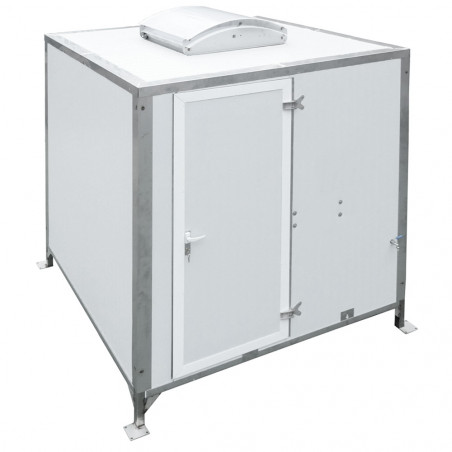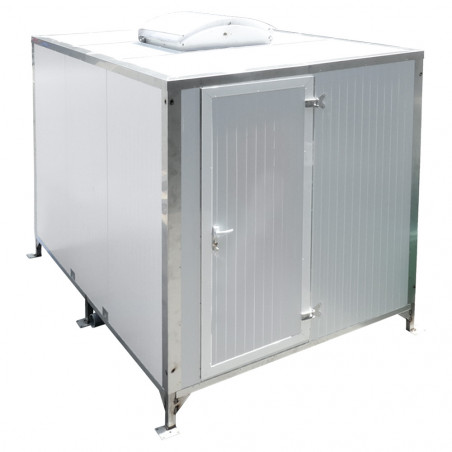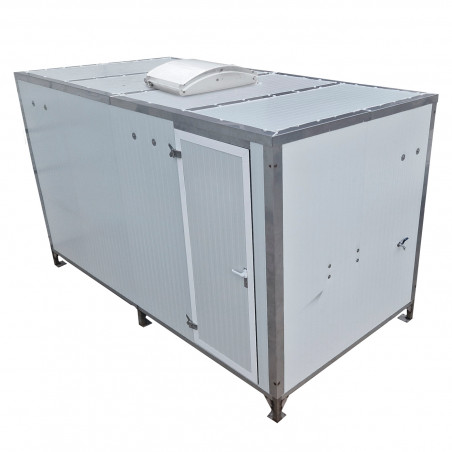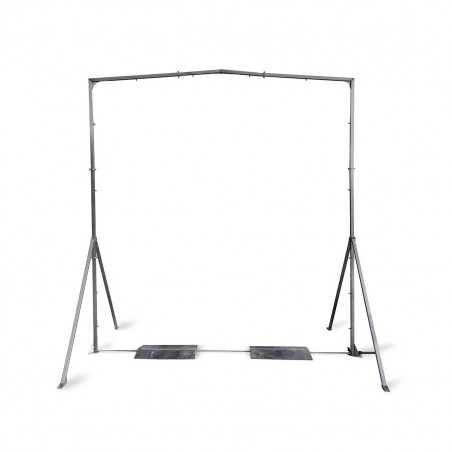During the last two decades the global pig sector has changed. Especially Chinese and Asian pig production has undergone an extreme evolution dominated previously by thousands of backyard producers toward few and large integrators controlling many animals in modern facilities. Moreover, Chinese companies have pioneered production in multi-storey buildings. Meanwhile African Swine Fever (ASF) has spread from Eastern Europe to Asia and let to great losses killing millions of pigs. Both developments have led to increased focus on biosecurity and methods to protect the assets associated with large pig units.
Biosecurity
Pig farms are getting larger and infectious diseases might have devasting effects on productivity and profit, hitting the whole pig herd in the worst case.

New technologies have been developed to reduce the introduction of disease to the herd:
- Air filters and positive pressure ventilation systems: To control and prevent airborne diseases from entering the farm. All ventilation air is entering through a HEPA filter (High Efficiency Arresting Filter) placed at the end or side of new buildings. Ventilators are pushing the air through the filter which catches vira and bacteria before they enter the building, and the clean air is directed via ceiling inlets into each section. Filters might also be added to existing pig units by placing them in wall inlets. Whenever filter technology is used the resistance of air movement is increased which might demand higher ventilation capacity to obtain the desired ventilation rate.
It is important to use the correct type of HEPA filter to avoid specific diseases (Table 1).
Table 1. Examples of viral dimensions.
| African Swine Fever | 175-215 nm |
|---|---|
| PRRS virus | 40-80 nm |
| PED virus | 18-23 nm |
| Swine Influenza Virus (N1H1) | 10-150 nm |

- UV-radiation: Reduce or eliminate risk of introducing airborne infections before it enters the building (Ruston et al., 2021). Radiation UV-light is placed in the inlet which destroys the DNA and RNA in virus and bacteria and prevents infection. UV-technology is mainly based on UV-C light with a wavelength of 200-280 nm and has been used in the food industry for decontamination of water, food, beverage, surfaces, air, etc. Some Danish ventilation companies have developed UV-C systems which are integrated in the ventilation inlets and radiates the incoming air before entering the pig unit (Figure 1 and 2).
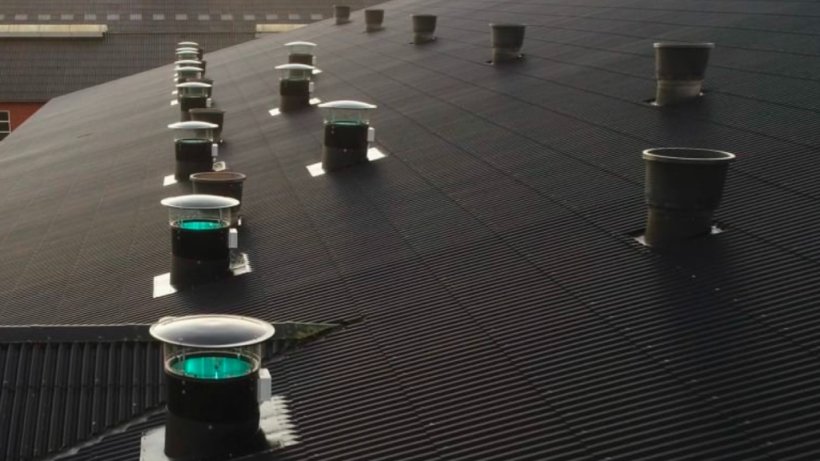
Obviously, adding filters or UV-technology improves biosecurity with respect to airborne diseases. However, both investment and operation costs are increased since maintenance of filters and UV-lights are required to secure high system reliability. Therefore, the technologies are mainly used in breeding units and boar studs with high value animals. All boar studs and several nucleus herds in Denmark have installed UV-C technology.
Multi-storey buildings
Multi-storey building for pigs is not a new phenomenon. Buildings with 3-6 floors were made in Soviet states several decades ago. However, it was not until 2015 that high rise buildings really took off led by the Yangxiang group in the south-western part of China. This area is geographically characterized by mountains and the lack of flat surface land and the mountain area helping biosecurity stimulated the development of multi-storey buildings with up to 13 floors. Later, other companies have developed much higher and larger units with up to 26 floors and 1,000 sows per level.
Table 2. Advantages and disadvantages of multi-storey buildings from a design perspective.
| Advantages: |
|---|
|
|
|
| Disadvantages: |
|
|
|
|
|
|
|





